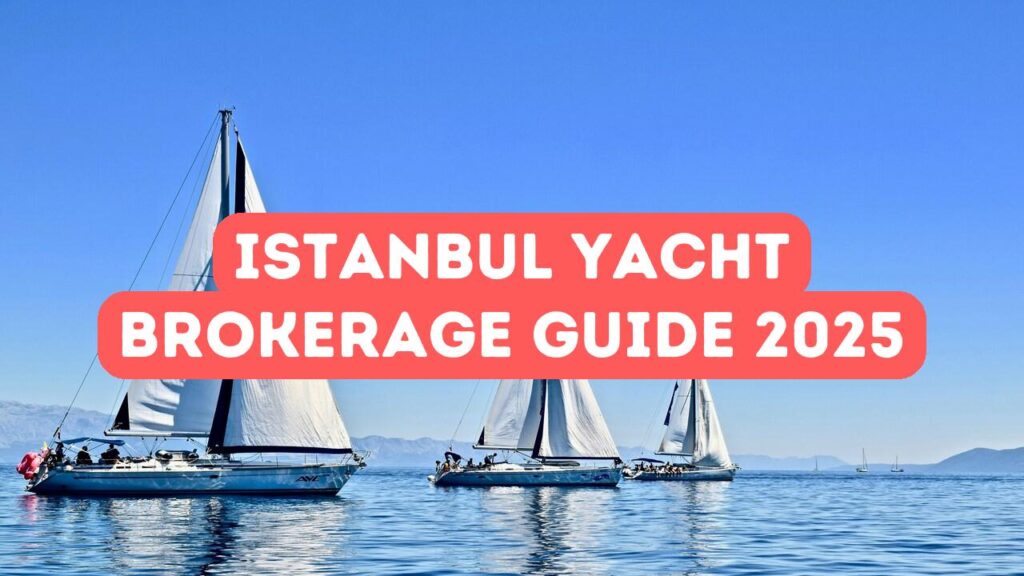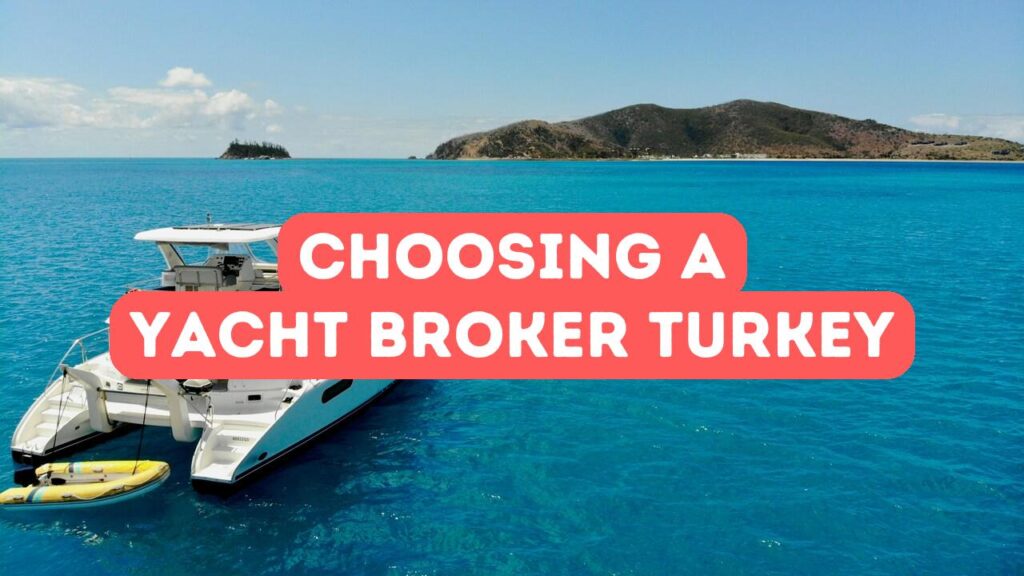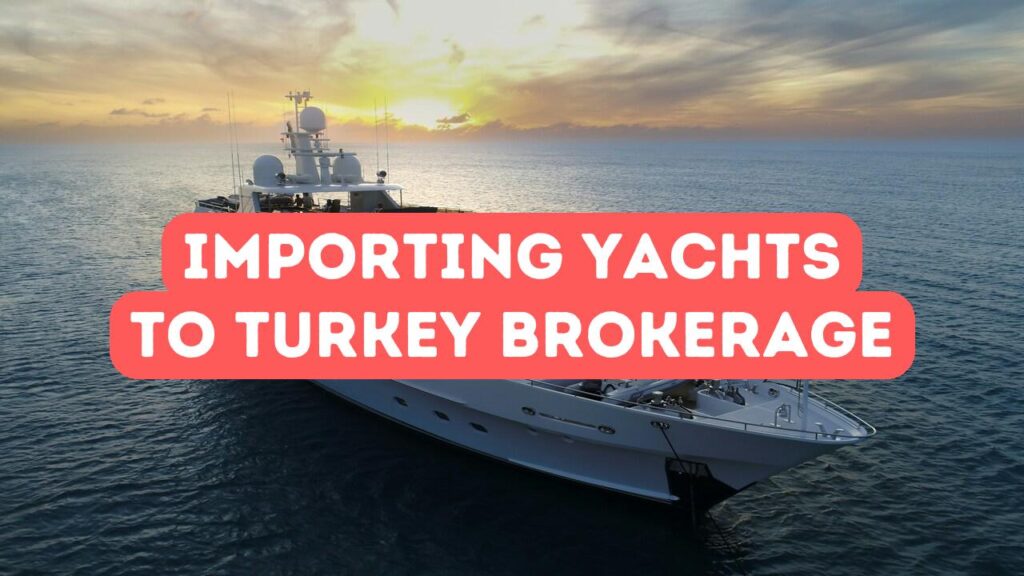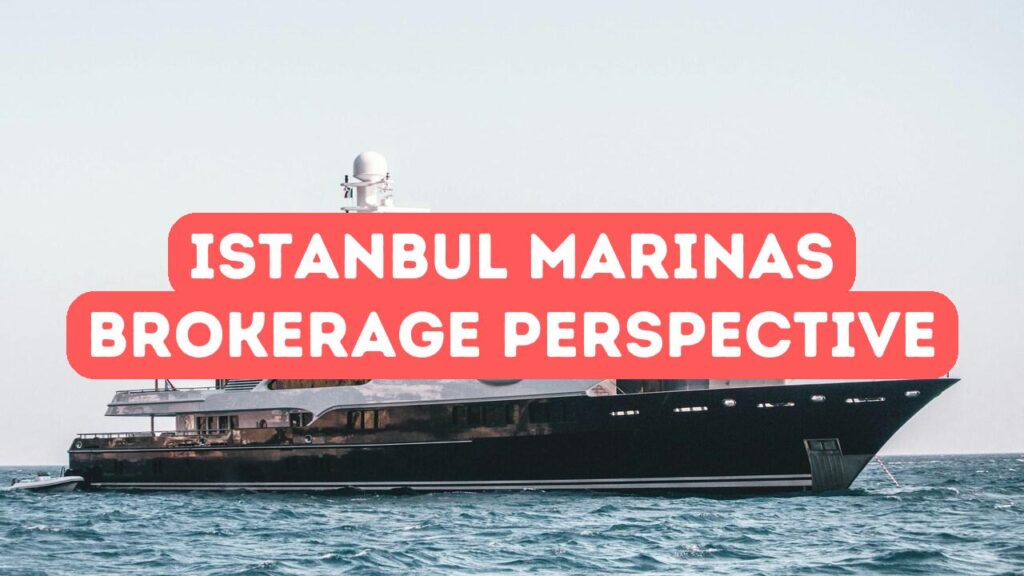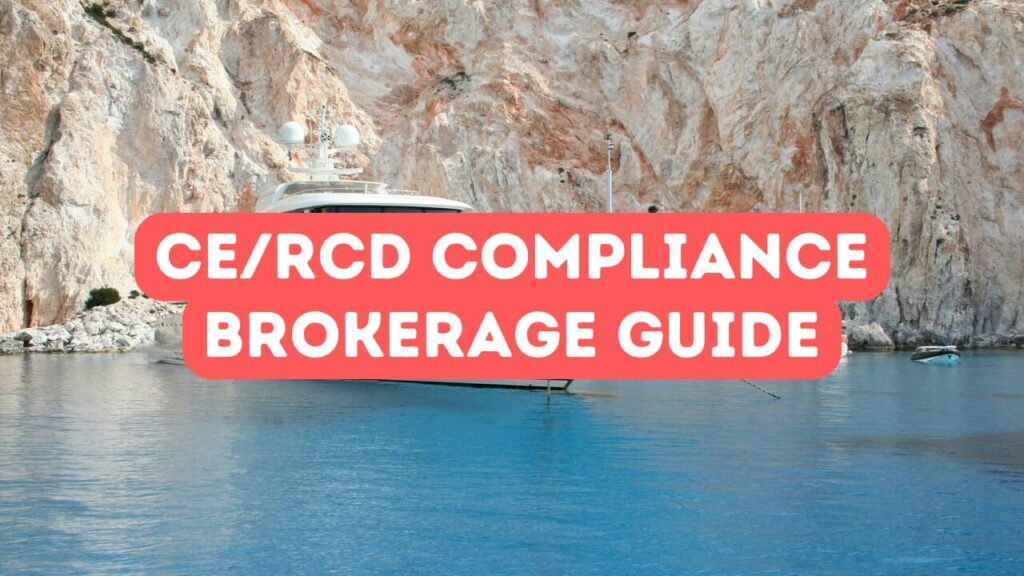Navigating the choppy waters of yacht brokerage in Turkey demands more than just a cursory glance at aesthetics; it requires a deep dive into seaworthiness inspections. Why are these inspections so crucial? Well, imagine investing in a yacht only to discover its heart isn’t as sound as its hull. Seaworthiness inspections and class certifications are the unsung heroes ensuring your vessel’s journey isn’t just smooth but safe. This marine inspections guide lets potential yacht owners and brokers decipher the maze of boat safety standards. In Turkey, where coastlines are as abundant as tales of the sea, understanding these inspections becomes indispensable. A yacht brokerage in Turkey isn’t just about beauty; it’s about assurance. Are you ready to anchor your investments in knowledge? Let’s set sail and explore the intricacies that make all the difference between a mere purchase and a wise investment.
Understanding Seaworthiness Standards in the Turkish Market
Seaworthiness inspections in Turkey are pivotal in determining a vessel’s readiness for the open seas. In the bustling heart of the nation’s yacht brokerage scene, understanding boat safety standards isn’t just a good idea; it’s essential. Class certifications hold the key to unlocking peace of mind, assuring brokers and buyers alike of a yacht’s integrity and compliance with international benchmarks. These inspections and certifications act as the lighthouse guiding investments away from dangerous shoals. Turkey’s marine inspections guide provides comprehensive insights into the standards yachts must meet, ensuring seaworthiness isn’t just a buzzword but a tangible guarantee. In this vibrant market, equipped with knowledge, investors can confidently navigate their choices as if steering through calm waters. With the right expertise, a yacht’s elegance is matched only by its reliability, transforming prospective buyers into savvy connoisseurs of oceanic ventures.
In the Turkish market, discerning yacht enthusiasts find themselves navigating a web of seaworthiness standards. These standards, woven into the fabric of yacht brokerage Turkey, ensure that every vessel aligns with critical safety benchmarks. Class certifications foster trust, acting as a compass for those buying or selling within this robust industry. Turkey’s marine inspections guide sheds light on these protocols, making seaworthiness inspections more than just routine checks. They guard against missteps and elevate the yacht ownership experience from mere transaction to informed investment. Understanding boat safety standards means delving into the specifics of hull integrity and engine reliability, atrium spaces filled with meaningful inspections instead of superficial promises. As yachts glide off Turkish docks, those armed with knowledge of these standards sail confidently, assured their maritime journey will be as secure as it is exhilarating. A yacht isn’t just purchased here; it’s vetted meticulously, ensuring each voyage stands on a foundation of certainty.
Seaworthiness standards within the Turkish yacht brokerage sphere are akin to a sailor’s North Star—guiding decisions with precision. Delving deep into these standards means more than knowing the lingo; it’s about grasping the essence that keeps Turkish yachts afloat amid international waters. Boat safety standards aren’t mere guidelines; they are the foundational pillars upon which class certifications rest, ensuring no corner is cut and every promise holds water. Turkey’s marine inspections guide serves as the ultimate reference, a treasure trove for those wishing to truly comprehend yacht preparedness. In this landscape, knowing what lies beneath the hull’s surface is as crucial as the yacht’s sheen during a sunset sail. Proper execution of these inspections breathes life into every voyage, transforming each trip from a leap of faith into a calculated adventure. The keener your insight into these nuances, the smoother your journey across Turkey’s azure waters.
Navigating Class Requirements for Optimal Brokerage Performance
Navigating class certifications is like plotting a course through a sea of regulations, but it’s essential for optimal brokerage performance. In the realm of yacht brokerage Turkey, these certifications are your vessel’s passport, verifying compliance with the strictest boat safety standards. They aren’t mere formalities; they’re indicators of quality and assurance. Seaworthiness inspections go hand-in-hand with these certifications, ensuring the yacht’s heart beats strong amid Turkey’s azure waves. A keen understanding of these marine inspections guides brokers and buyers alike, preventing costly oversights down the line. But why are these criteria so pivotal? Think of them as the compass that keeps your investment on course, sailing smoothly through both business dealings and open waters. As you delve deeper, remember: a successful voyage begins with understanding and adhering to these class requirements, charting the way to a savvy purchase.
In the bustling maritime market of Turkey, seaworthiness inspections and class certifications are foundational. Think of them as the bedrock upon which yacht brokerage Turkey thrives. When scrutinizing a vessel, these inspections transcend simple evaluations; they unravel the complex tapestry of boat safety standards. Each inspection follows a precise checklist, probing the yacht’s core: its engines, hull integrity, and safety equipment. But why does this matter? Consider them as the guardian angels that avert disasters, steering your investment away from hidden shoals. The marine inspections guide becomes your compass, enabling brokers to navigate the labyrinth of regulations with confidence. As someone once said, “There’s no smooth sailing without a steadfast compass.” Aspiring yacht owners, anchored in these meticulous inspections, can set forth on their maritime journey, equipped with assurance, foresight, and the invaluable peace of mind that every dollar invested safeguards against unseen vulnerabilities.
As you delve into the labyrinth of class certifications, remember that each piece of paper holds the power to sway brokerage success. These aren’t just sterile documents; they’re vital lifelines securing your yacht’s future. For brokers in Turkey, understanding seaworthiness inspections is akin to possessing a secret map to treasure hidden in the vast ocean of yacht options. With a sharpened focus on boat safety standards, one ensures that every vessel meets the rigorous checkpoints laid out in the marine inspections guide. The robust framework of class certifications is your assurance of quality, marking the path of reliability. Embracing these standards not only fortifies your position in yacht brokerage Turkey but also guarantees clients a voyage untainted by unforeseen mishaps. It’s a competitive edge akin to mastering the currents that steer investments towards prosperous shores, ensuring every yacht is not just a vessel, but a testament to flawless inspection adherence.
Essential Inspection Processes for Successful Maritime Transactions
Seaworthiness inspections are the backbone of every successful maritime transaction, especially in yacht brokerage Turkey. They ensure that when you set sail, you’re not merely embarking on a voyage, but a journey anchored in reliability and safety. At the core of these inspections is an unwavering commitment to boat safety standards, delivering details on a vessel’s structural integrity and mechanical soundness. Imagine buying a yacht without knowing if it’s equipped to handle the unpredictable nature of the sea. Through comprehensive checks, potential hiccups are spotted, ensuring peace of mind. Coupled with class certifications, these inspections transform whispers of risk into echoes of confidence. In Turkey’s expansive marine landscape, a detailed marine inspections guide paves the way for informed buying decisions. With these foundations, you’re not just purchasing a boat; you’re investing in a promise of excellence and enduring performance on the waves.
Inspections in yacht brokerage Turkey are a meticulous ballet of procedure and precision. Ever wonder what lies beneath the surface of successful maritime transactions? It begins with seaworthiness inspections, a necessary step ensuring your investment floats not just in water, but in verity. First, an inspection dives into the core with a look at structural integrity, a vessel’s skeleton, if you will. Moves forward, it scrutinizes the mechanical systems—engines, wiring, plumbing—ensuring each cog and wheel turns without a hitch. Coupling these findings with class certifications brings the vessel into the spotlight of compliance and excellence. The inspection process, detailed in a marine inspections guide, doesn’t stop at first glance. It continues until every nook is explored, stamping assurance in every corner. By aligning with boat safety standards, it transforms potential perils into smooth sailing, securing not just a yacht, but peace of mind in every tide.
Unlocking the potential of yacht brokerage Turkey involves more than just a superficial glance at the gleaming hull—it requires a deep dive into essential inspection processes. Each seaworthiness inspection begins its journey with a keen focus on the vessel’s foundation, meticulously examining the hull and deck to ensure they withstand the waves’ relentless tests. Moving deeper into this marine inspections guide, the evaluation of onboard safety features and compliance with boat safety standards takes center stage. From lifesaving equipment to navigation systems, every element must meet rigorous criteria. Class certifications further elevate the vessel, certifying its adherence to international norms. This dedication transforms inspections into an art form, embodying assurance and instilling confidence. With thorough checks safeguarding your maritime investments, a yacht transforms from a luxury purchase to a story of reliability, power, and peace of mind on the high seas.
Disclaimer: This article is for general informational purposes only and you are strongly advised to consult a professional to evaluate your personal situation. No liability is accepted that may arise from the use of the information in this article.

